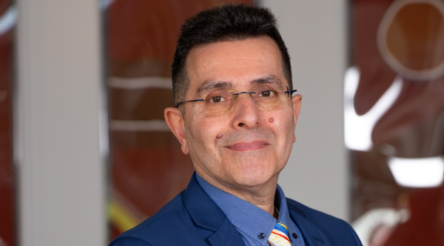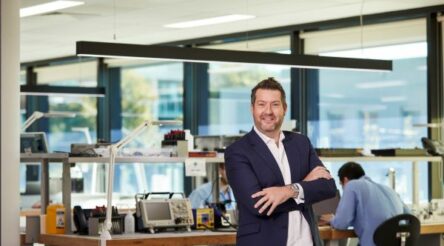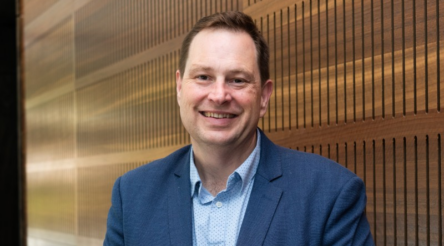The New Reinventors: remaking steelmaking with wood waste
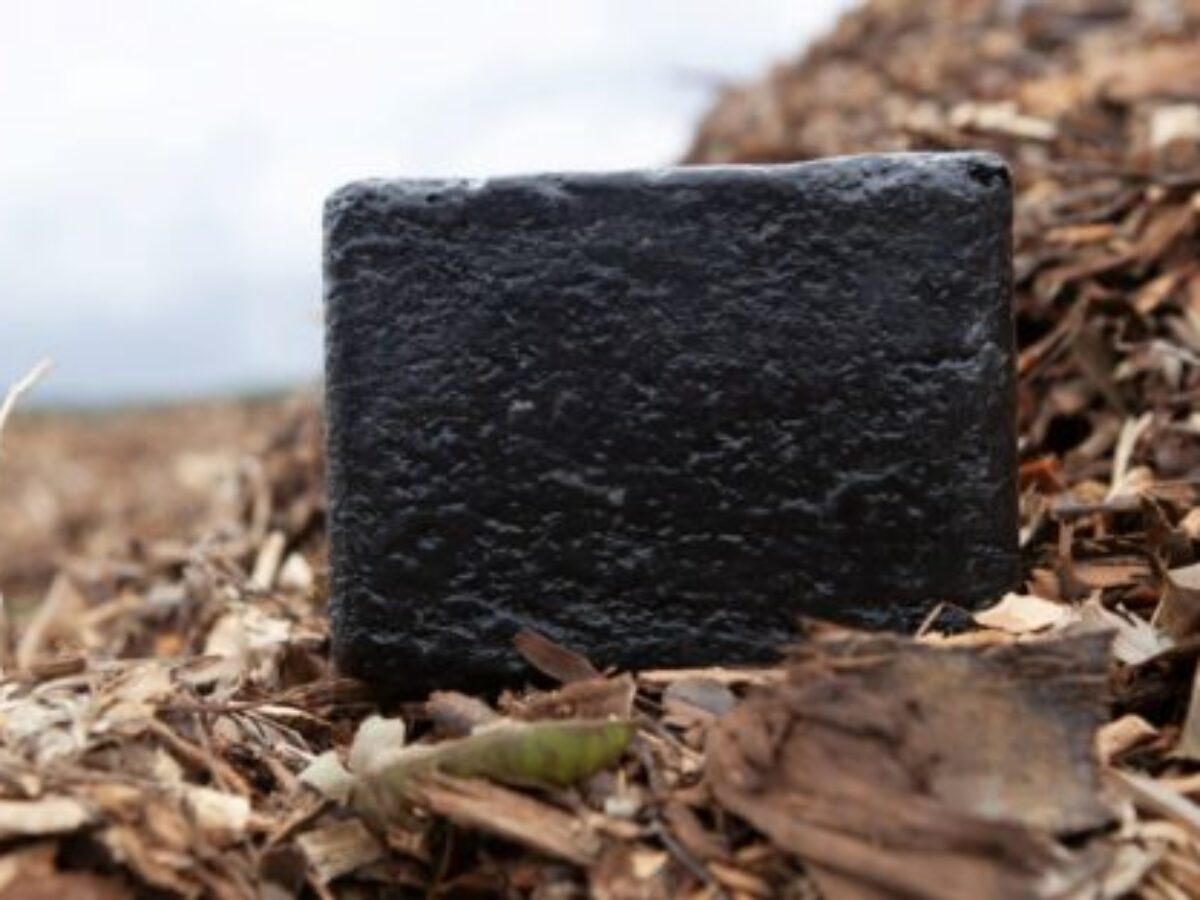
In the final part of our The New Reinventors editorial series, we hear from BioCarbon. Brent Balinski speaks to co-founder and Director John Mellowes, whose focus has shifted from agricultural clients to those manufacturing steel.
This website regularly reports on the attempts to reduce the greenhouse gas output of steelmaking, which according to the World Steel Association produces between 7 and 9 per cent of all the world’s CO2 emissions.
From hydrogen reductant to recycling to more novel concepts like molten oxide electrolysis, the hunt is on for ways to make the irreplaceable steel industry greener.
In January last year, BioCarbon seemed to come out of nowhere, and was announced as the recipient of a $294,000 Accelerating Commercialisation grant to develop biochar-based briquettes for R&D with Molycop. The company says these are “the first of their kind in the world”.
Their carbon-sequestering briquettes contain pyrolised biomass – woody waste heated in a specialised kiln with little or no oxygen – with a high carbon content, plus a binder to hold the fine, porous char together.
A year ago, BioCarbon announced successful trials of a 50 per cent substitution for coking coal at Molycop. At roughly that time, BioCarbon also added Infrabuild – owned by UK billionaire Sanjeev Gupta – as an R&D partner.
This has proved especially fortunate, following the news last month that Molycop will end more than a century of steelmaking at its Waratah facility.
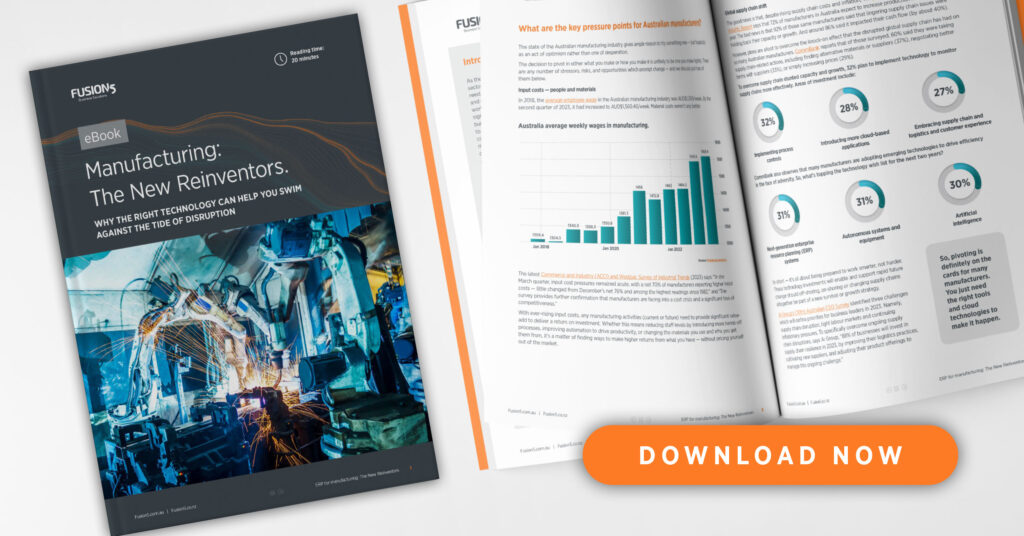
This series is sponsored by Fusion5. Download Fusion5’s free eBook — Manufacturing: The New Reinventors — at this link.
At Molycop and at Infrabuild’s Rooty Hill, NSW site, BioCarbon Bricks have been used as a drop-in replacement for coke in electric arc furnace steelmaking.
“We’ve proven our product in two different electric arc furnaces,” John Mellowes, Director at BioCarbon, tells @AuManufacturing.
“Those trials [went] really well. We replaced charge carbon 100 per cent and neither of those steelworks could tell the difference… They made 1,100 tonnes of steel in a day at Rooty Hill with our product and it all went well. So we were over the moon.”
According to the company’s website, Mellowes and co-founder Chad Sheppeard have helped introduce wood vinegar (another product from pyrolising biomass) to Australia’s agricultural sector for the last seven years through PyroAg. BioCarbon was established more recently, in 2018.
According to Mellowes, who is lead designer and fabricator of the kiln, it is now able to produce char with 95 per cent fixed carbon and at a rate of about 50 to 60 kilograms per hour. A “a fairly carboniferous binder” is used to hold this together.
He says the pyroliser has been able to handle woodchips with 50 per cent moisture content – “which affects productivity a little, but isn’t a big deal” – and runs with a good level of control over process parameters like residence time and temperature. It is also “very robust and doesn’t jam; it isn’t fussy regarding size and shape of materials.”
These have been among limitations to the uptake of biomass in steel production. As an article from CSIRO (which has been developing an “auto-thermal pyrolysis process” for over a decade) puts it: production “is too expensive because these processes require specific feedstock size and are limited in scale. This is a barrier to using charcoal in steelmaking.”
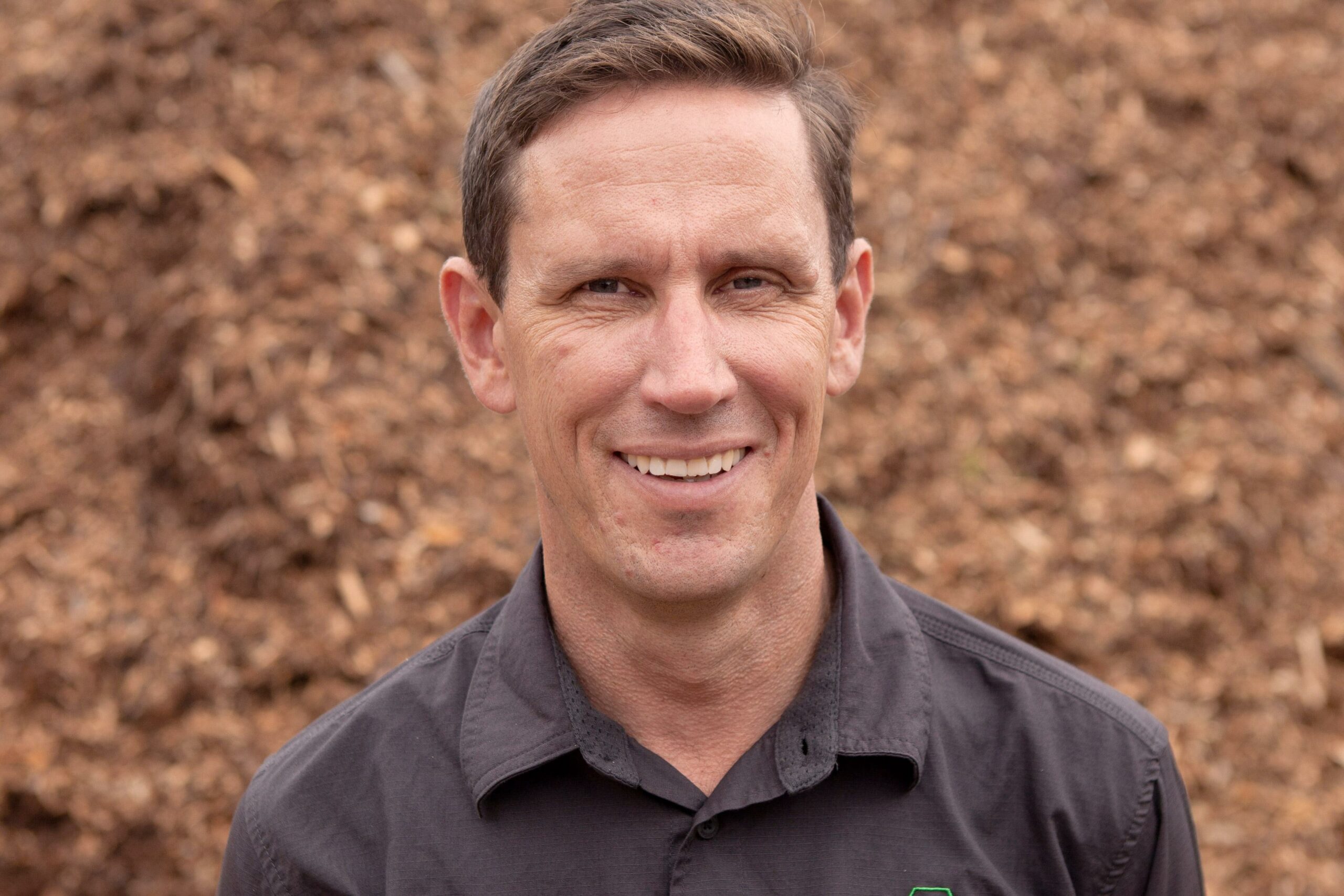
BioChar has developed two IP families around the production of charcoal and turning this into bricks.
The company is relocating its kiln to a sawmill north of Newcastle and is raising capital to build a second machine onsite. It will have access to 20,000 tonnes per annum of sawmill waste.
Mellowes says that the company has received visits from “a couple of Japanese steelmakers”, interest from a German enterprise, and is looking to run a trial with another from Korea.
He sees growing opportunities in industrial settings as the economics of coal “get pretty ugly”, including use in ferroalloys.
For now the focus is electric arc steelmaking, which requires volumes that are a “nice, neat fit” for current output.
“The average sawmill would be able to supply a site like Rooty Hill,” says Mellows.
“But if we were going to go down to Port Kembla and try to supply those guys, it’s a hell of a lot of biomass we’ve got to find, and right now that’s a difficult job. But it’s not to say it couldn’t happen in the future.”
Pictures: credit BioCarbon
This editorial series is sponsored by Fusion5. Download Fusion5’s free eBook — Manufacturing: The New Reinventors — at this link.
Further reading
Forget exporting hydrogen, make green iron and steel – Sanjeev Gupta
Gupta plans expansion of Whyalla iron ore and green steel – reports
Replacing coke with coffee: researchers find new uses for waste in steelmaking
Startup wants to help steelmakers kick their coke habit
@AuManufacturing Conversations episode 4 — John Mellowes from PyroAg
Green hydrogen – steelmaking silver bullet or red herring?
Chemistry means low-emission steelmaking alternatives remain a challenge: Bluescope boss
@aumanufacturing Sections
Analysis and Commentary Awards Defence Manufacturing News Podcast Technology Videos


